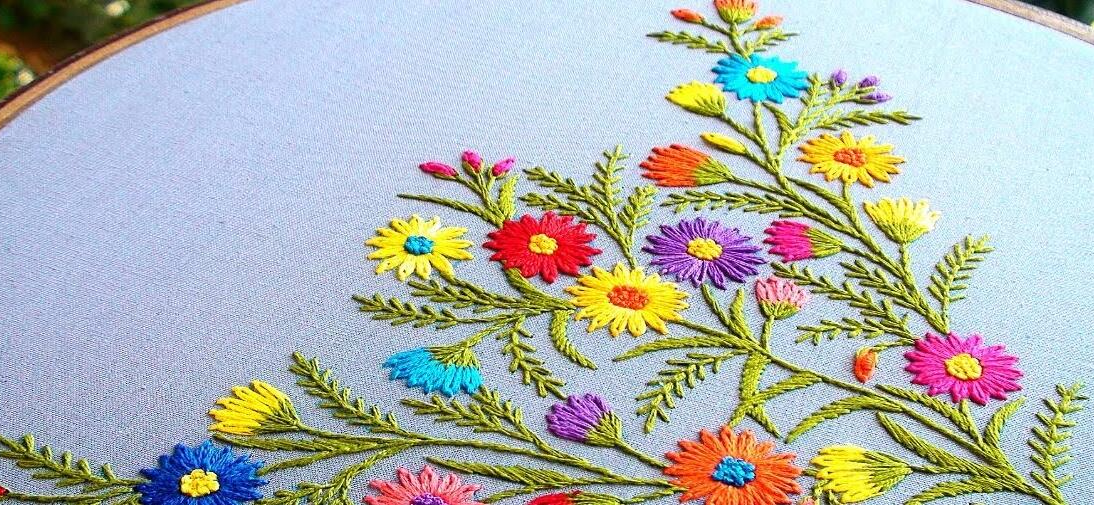Watercolor painting is an intricate and delicate art form that requires a unique blend of technique, patience, and creativity. However, many artists often overlook the importance of mindfulness in their approach to watercolor. Mindfulness, or being fully present and engaged in the current moment, can be a game-changer in the creative process.
When we are mindful while painting, we are able to let go of distractions and worries, allowing us to fully immerse ourselves in the process. This state of mind enables us to observe our brushstrokes, colors, and textures more keenly, leading to a deeper understanding of the medium and a more intuitive connection with the artwork. By being present in the moment, we can also respond more naturally to the unexpected twists and turns that often arise during the painting process, rather than trying to control or manipulate the outcome.
Furthermore, mindfulness can help us cultivate a sense of curiosity and wonder, encouraging us to experiment with new techniques and approaches. When we approach our art with an open and non-judgmental mind, we are more likely to take risks and push ourselves creatively. This sense of exploration can lead to unexpected breakthroughs and innovations that might not have been possible otherwise.
In conclusion, incorporating mindfulness into our watercolor practice can revolutionize our creative journey. By embracing the present moment and letting go of distractions, we can tap into our full potential as artists and produce works that are more authentic, expressive, and meaningful

